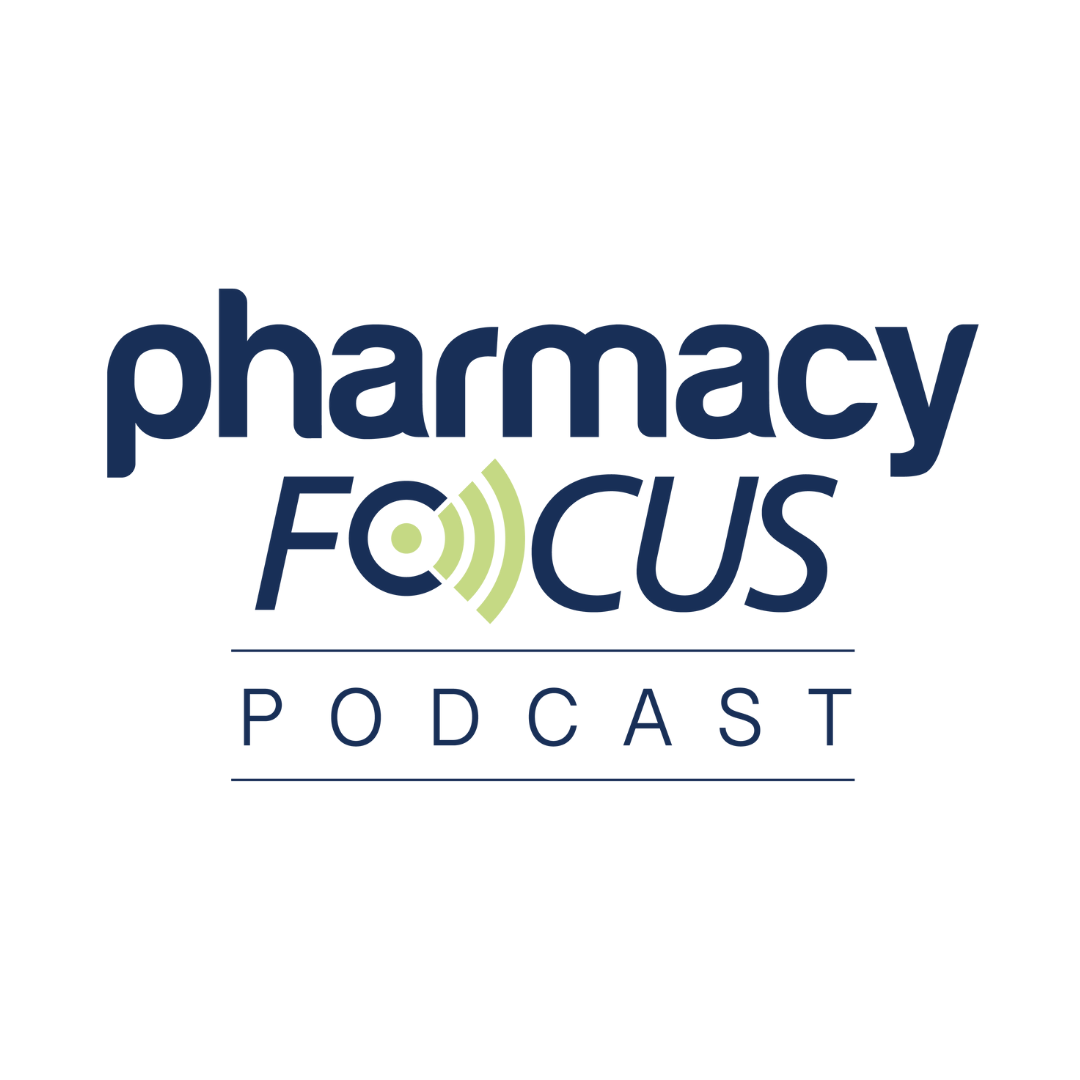In an interview with Pharmacy Times®, Steven Pipe, MD, a Laurence A. Boxer research professor of pediatrics and professor of pathology at the University of Michigan in Ann Arbor, discusses results from the HOPE-B trial, which showed that etranacogene dezaparvovec (Hemgenix; uniQure, CSL Behring), a gene therapy for hemophilia B, offers durable factor IX expression over 4 years, significantly reducing bleeding and the need for routine prophylaxis.
Pipe explains how, with 98% of participants maintaining mild-to-normal factor IX levels and a 75–85% reduction in bleeding events, the therapy provides a promising alternative to regular factor IX prophylactic IV infusions. Notably, 60% of patients experienced no joint bleeds, a key concern in severe hemophilia B.
Pharmacy Times: How do the findings from HOPE-B support the potential for etranacogene dezaparvovec to replace routine factor IX prophylaxis?
Key Takeaways
1. Etranacogene dezaparvovec provides stable factor IX expression, reducing bleeding rates and factor IX use by over 95%.
2. The therapy is effective in patients with pre-existing neutralizing antibodies, expanding the eligible population.
3. Upcoming trials will assess its safety and efficacy in adolescents, potentially broadening treatment access.
Steven Pipe, MD: For hemophilia B, in its severe and moderate-severe forms, the standard of care has been factor IX replacement therapy, which is IV infusions. At a minimum, patients are doing IV infusions weekly. When patients are attracted to gene therapy, it's the idea of being able to be liberated from prophylaxis and still maintain good protection from bleeds. What we now have from the HOPE-B trial for etranacogene dezaparvovec, this AV5 treatment for hemophilia B, is the demonstration of the durability of the factor IX expression—now over 4 years post-treatment—and then the impact on the ability of that factor IX expression to provide suitable hemostatic protection when patients discontinue their IV prophylaxis with factor IX. What we're seeing is we really have very stable expression of factor IX over this 4-year time frame. What we're seeing is that the vast majority, like 98% of the participants, have maintained factor IX activities that are in the mild-to-normal range for factor IX expressions—that's at least 5% or higher. And a third of the patients have had factor IX activity levels that are in the non-hemophilia range, so above a level of 40%. Accordingly, we should expect to see very good protection from bleeding, and that's what we're seeing. We follow 3 parameters, and we're able to look back because all the participants in this trial participated in a lead-in phase, where they were on their standard of care, factor IX prophylaxis—and this was a mixture of extended half-life as well as standard half-life factor IX products—and we collected their bleed data during that lead-in phase. Everyone, after dosing etranacogene dezaparvovec, stopped their prophylaxis. What we're seeing is that for all bleeds, spontaneous bleeding, as well as joint bleeds, there have been essentially between 75% to 85% reductions in bleeds after receiving this one-time infusion of etranacogene dezaparvovec. [What is] particularly encouraging to me is that in year 4, which is the most recent data, the bleed rates are close to zero, and notably, 60% of the participants have experienced no joint bleeds over 4 years post treatment. Of course, joint bleeding is the hallmark of the phenotype of severe, moderate-severe hemophilia. The last piece, of course, is then, if you're having that degree of protection, how much factor IX use occurs after receiving this therapy? What we see is a greater than 95% reduction in the use of exogenous factor IX for any cause over 4 years of follow-up. I think this is really encouraging efficacy data from this trial so far.
Pharmacy Times: How does this data broaden the potentially eligible patient population for etranacogene dezaparvovec beyond approved indications?
Pipe: Some of our gene therapies in hemophilia have targeted just severe disease; these are patients who have less than 1% residual factor VIII or factor IX activity. This trial included severe to moderate-severe, and so this could be up to a factor IX activity level up to 2%. These individuals had to demonstrate that they had a clinical bleeding phenotype that warranted the need to be on regular prophylaxis. The biggest differentiating aspect of this trial, though, is the ability to dose patients who have neutralizing antibodies to the AAV capsid. This trial, etranacogene dezaparvovec, uses an AAV5 capsid. In the general population, anywhere from 25% to 50% of individuals will have preexisting neutralizing antibodies (NABs) that cross-react against that AAV5. It had been presumed from previous work that you couldn't dose patients who had pre-existing immunity. In this trial, we had some preliminary data that suggested that NAV positivity to AAV5 might not preclude having a good outcome. So, for the phase 3 study, all patients had their NAB titers measured, but everyone was still eligible to participate in the trial, and just under 40% of the patients did have NABs. There was only a single individual who had a very high titer to AAV5—it was over 3200—who was a non-responder. Everybody else who had a NAB tighter up to 678 actually had very good responses and have had excellent follow-up over the time period of this trial. When we look at the 2 cohorts, the NAB negative and the NAB positive cohort, you really don't see any clinically significant differences in their outcomes. The third thing [that] I think is going to potentially expand the eligibility of this product is this kind of safety and efficacy is encouraging us to go down into younger age patients. This is a liver-directed therapy; however, we believe that the liver is mature enough to have a good outcome from this approach, probably by around age 12. Adolescents between 12 and 18 will now be eligible to participate in an upcoming trial later this year, and I think if the data shows similar safety and efficacy to what we've seen in the adults, that will be a potential expanded indication for this population of patients.





